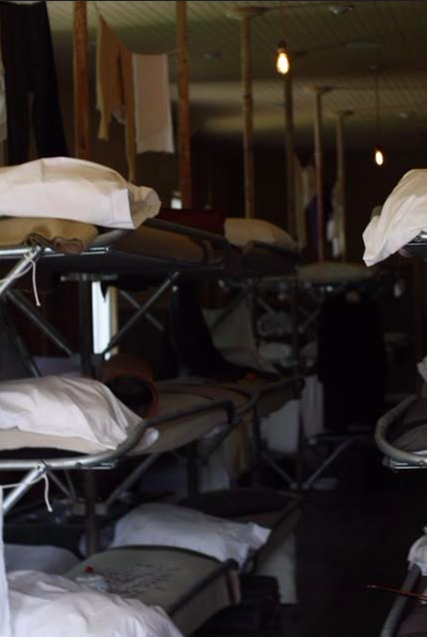
Angel Island immigrants slept on cramped bunkers as they awaited immigration status verdict

Written by: Emily Xu and Srimaye Samudrala
Approximately 120 juniors visited Angel Island in San Francisco on March 23 to learn about the history of Chinese immigration to the United States. With the field trip chaperoned by history teachers Courtney Caldwell, Jayson Estassi, Heather Sadlon and Will Colglazier, students hiked to the immigration station and participated in a variety of activities.
“We [got] to the bus at 8:30, [at 9:00 we arrive at] the dock, and then at the island we go hiking a hilly mile,” Sadlon said. “We go up to the immigration station. And we have three events that we make the kids do when is a scavenger hunt, a tour of the station, and finally they are watching a documentary.”
Originally, with the funding provided by the PTSO and GATE foundation, the school could only hire two buses and bring 100 students on the trip. However, history teachers managed to accommodate additional students who were interested.
“We were only supposed to take 100, but 120 students showed up and so we didn’t want to turn those 20 away, so we drove three vans in addition to the two buses to accommodate that,” said Colglazier. “But if the numbers go up we would probably get more busses. Either way if more kids want to go, they can go.”
According to Sadlon, the Chinese immigration Exclusion Act passed in the 1880s was the first time in American history that the government targeted a specific country of origin. After welcoming the Chinese for their labor during the gold rush era, there was a sudden backlash when the economy turned sour, prompting the government to limit Chinese immigration. Because most of the Chinese came through the Pacific, the Angel Island immigration station that opened up in 1910 often served as a location of deferral and extended stay.
“The Chinese Exclusion Act does not kick people out of the country, but it just simply says that we can’t hold any more people in the country,” Sadlon said. “The issue was that when you got to the immigration station, many of the people who are staying there had to stay for extended stays since there was a need for a proof for legal right to be in America.”
Overall, the trip to Angel island serves to provide students an immersive experience of history.
“The activities they gave us to do in the immigration center really helped the understanding and depth of Chinese immigration,” said junior Grace Simenc. “For example, they gave us poems to read from Immigrants and we compared them to get insight on how hard life was on the Island … I would 100 percent recommend this field trip to anyone because it gives you a really different experience as far as learning. For me it was really cool to be able to step into a place where the history we’re learning about actually happened … I think that the trip made all of the events that happened on Angel Island a lot more real because we got to see the proof.”



